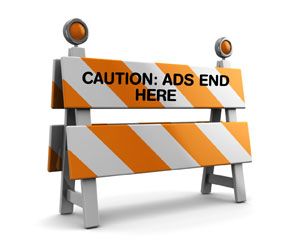
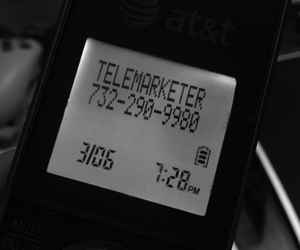
Why Telemarketers are the Worst Brand Storytellers
There’s a certain feeling I get, and I’m sure we all get, when I answer the telephone and am greeted by a telemarketer. There are a few feelings, actually. Sort of like the five stages of grief.
First, I feel a bit foolish, as if I’d been tricked into picking up the phone. This is especially true when it’s a number I don’t recognize yet I answer anyway on the off chance that it’s an emergency. From there I get impatient. I have no idea how long this person wants to keep me on the phone and I immediately start thinking about all the other things I have to do instead of listen to their sales pitch. Surprisingly, I then feel empathetic, since I too am a marketer (albeit one with a very different approach to sales) and wouldn’t want someone hanging up on me while I’m just doing my job. It isn’t long before I become angry, having been interrupted by an unwelcomed marketer of a product I surely don’t need. If they won’t let me get a word in edgewise, after trying to politely say “Thanks but no thanks” I will hang up.
That’s one end of the spectrum—the absolute worst way to be sold a product or service.

For Second Screen Engagement, Twitter Leads the Pack
Last fall my favorite TV show was American Horror Story. I enjoyed all the twists and turns, but more than that, I loved getting together online with friends and perfect strangers every Wednesday night to see how each episode would unfold and talk about predictions for the rest of the series.
More and more, people are turning to their laptops and mobile devices as a way to virtually gather ’round the TV set and share an entertainment experience. But for brands deciding where to invest their engagement efforts, there are a multitude of options to consider.
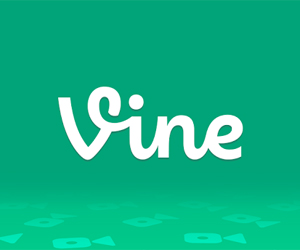
Why Instagram Isn’t a Vine Killer
Make no mistake about it. The launch of Instagram Video (wholly owned by Facebook) is a shot across, if not directly into, the bow of Vine’s ship (wholly owned by Twitter). Instagram’s already established community of 130MM members has given Instagram a major jumping off point for its video feature, which is built into the popular photo-sharing app.
But Vine isn’t dead, and Instagram will not be a Vine killer. In fact, I think Vine offers brands something unique enough that it can thrive alongside Instagram video.
More after the jump.

5 Social Media Tips to Ignore
Do a quick Google search or scour the front pages of your favorite social media blogs and you’ll find a seemingly endless array of articles providing you with tips and advice on social media (this blog included). But if you read enough of them, which I do, eventually you’ll see those tips and bits of advice contradict each other.
Don’t post on Facebook more than once a day, or your fans will un-Like you.
Post more than once a day on Facebook to keep your People Talking About This score high.
Photos are the most shareable content on Facebook.
Videos are the most shareable content on Facebook.
Post on weekends because other brands don’t and you’ll stand out.
Don’t post on weekends, because nobody is listening then.
It can become dizzying. It’s not that your favorite social media pundit is lying to you or flat-out wrong. Truthfully, not everyone can be right; but there are certainly areas of gray, and depending on your brand and audience, advice can differ.
But I have heard a few tips that are just flat-out wrong or at least shouldn’t be followed as if they were gospel. Here are five social media tips you may want to ignore, but you didn’t hear that from me.
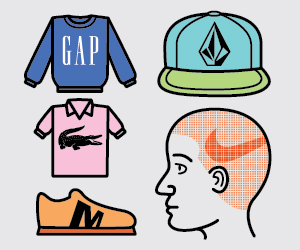
5 Types of Social Media Content Your Audience Really Wants
Why do we follow brands? What’s the point? They’re not our friends. We’re not going to make plans with them on a Friday night or invite them to our birthday parties (though some we would if we could). Why do we let them into a world where we’re sharing and consuming content from the people closest to us?
Social media has provided a unique opportunity for consumers and brands to connect on a level much deeper than that of a monetary transaction. It may sound obvious, but it’s worth noting that historically, a true fan of a brand didn’t have many options for celebrating his fandom. I could watch my favorite show, but I couldn’t get behind-the-scenes content (unless that too was on television). I could purchase a shirt bearing the logo of my favorite team, but if I wore it in a special place (say I climbed Mount Kilimanjaro in it), how would they know? I'd have to mail them a picture, and even if they received it, where would they share it? The relationship was one-way, aside from the moment when I handed over my money and they handed me the product, or when I sat down and tuned in to my show.

Not Everyone is a Storyteller
Lately, everyone in advertising has become a “storyteller” specializing in "engaging content."
This isn’t true, of course. But I understand why everyone’s making the claim: Digital is the only part of advertising that’s growing rapidly; social media is the red-hot center of digital; to make social work, you need conversation-starting (and sustaining) content.
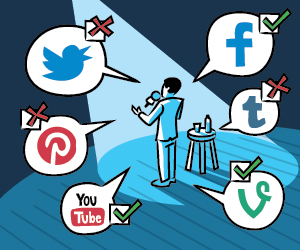
4 Lessons in Creating Dynamic Social Content
This post originally appeared in our May ’13 issue of “Live Report from the Future of Marketing,” our monthly Post-Advertising newsletter. Subscribe for free here.
Why would I care? Why would I share? These are two key questions that Droga5’s chief creative officer, Ted Royer, says his agency considers when creating social content for brands on Facebook.
Royer and Carlos Figueiredo, associate creative director at Publicis Kaplan Thaler, hashed out what makes engaging Facebook content during a Creative Week panel titled “Newsfeeder: The Most Creative Posts From Facebook Brands,” moderated by BuzzFeed’s CCO, Jeff Greenspan. We've gathered a few of the key takeaways from the conversation for you as well as specific brand takeaways.

Why It’s a Mistake For Brands to Ignore Tumblr
Pretend I’m someone who understands the basics of the Internet but has never used a social platform. Now let me ask you: What’s Facebook? What’s Twitter? What’s Instagram?
Most answers, at least from the readers of this blog, would be similar. But I’ve got another question. What’s Tumblr? I would bet that at this point the definitions start to differ.
“It’s a blogging platform, like WordPress or Typepad.”
“It’s a social network where people share all sorts of content.”
“It’s a website for theme-based GIF repositories.”
For the record, Tumblr defines itself as a platform that “lets you effortlessly share anything” including “text, photos, quotes, links, music and videos.” But the six-year-old content platform is still commonly misunderstood by brands and agencies as it relates to social strategy. Even its self-definition fails to clearly define its focus, its user base or its potential as a place to engage with fans through organic and paid media.
Should your brand be on Tumblr? Let’s discuss.
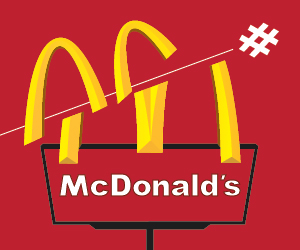
When Promoted Hashtags Are Campaign Killers
This post originally appeared in our April ’13 issue of “Live Report from the Future of Marketing,” our monthly Post-Advertising newsletter. Subscribe for free here.
No matter how lofty a brand’s goals are when it uses hashtags, there are always individuals ready to use them to drag it into the gutter.
McDonald’s is on its second go-round with promoted hashtags gone awry, this time with #UnwrapWhatsFresh. The hashtag was created to support McDonald’s new Premium McWrap, which features chicken (grilled or crispy) and fresh vegetables served in a warm tortilla.
The hashtag was promoted on Twitter, but instead of talking about healthy eating, a number of people were tweeting these sweet nothings:

